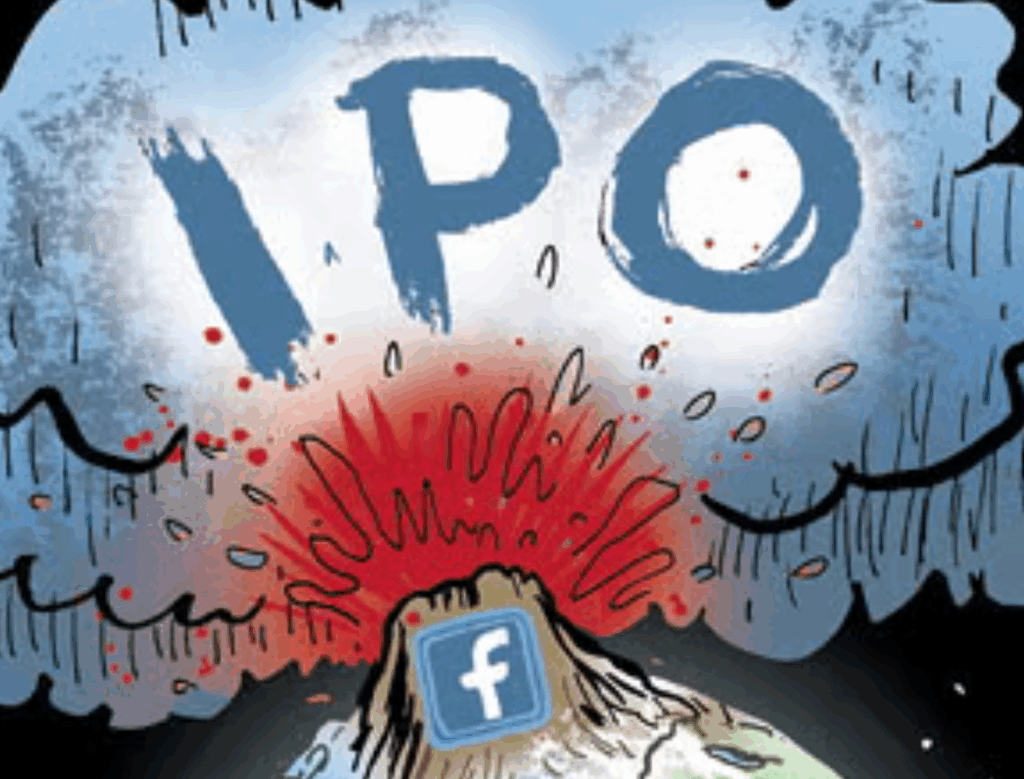In recent Chief Marketer articles, we’ve examined the effectiveness of using RPI (relationship, persona, and intent) in place of RFM (recency, frequency, and monetary value) as the principal drivers of real-time marketing. In the first article, we illustrated how RPI works with an example about Bob, a thoughtful husband shopping for his wife during the holiday season. In the second article, Bob the frequent business traveler, was instead planning a romantic getaway, so we used RPI to build a real-time marketing profile based on his current persona and intent. Then in the third article, we looked at how B2B companies could benefit from RPI using Bob’s journey researching software products for his clients. Now let’s explore how RPI helps Bob make better use of his resources at his job leading a web development team.
Bob is an executive at a software firm and is responsible for website development. Bob’s team recently adopted your software-as-a-service (SaaS) platform for web development. Though the platform was implemented several months ago, only a handful of the 25 developers on Bob’s team are actively using the new platform. The others are not set up, and Bob has yet to complete the training as he’s been traveling quite a bit for the company lately.
Now back in the office, Bob logs into your platform. This is an opportunity for you to understand Bob’s status as a user and what his focus is as an administrator. Through RPI you know:
- Relationship: Bob is an administrator for the platform, as well as potential power-user.
- Persona: Bob has yet to set up his user profile, just like the majority of the users on his team.
- Intent: Bob is logged in as an administrator to review his team’s active status.
As a provider of SaaS to large firms, you understand how high the risk of churn can be—users fail to adopt a new platform and it quickly falls to the wayside or is replaced by another solution. It’s important that administrators and potential power-users like Bob understand the value early, so that they are driven to motivate their teams to make the most of your platform.
Before Bob can log out of the system, a message pops up engaging Bob in a conversation. “Tell us how we can help you be more successful with our platform.” The message invites Bob to take a set-up tour of the system, or chose a free one-hour consultation. By understanding your user and addressing inferred concerns proactively with real-time offers, you can impact the long-term success of your relationship.
RPI is uniquely successful in software as a service in ways RFM cannot. How could you use RPI to build successful relationships with your users? Tell us about it.
Karl Wirth is CEO and co-founder of Evergage.



